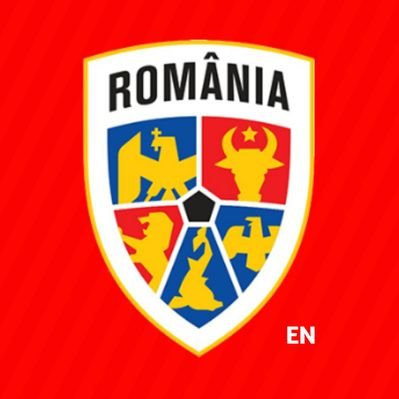Romania FC has long been a symbol of passion, resilience, and pride in Eastern European football. The team’s journey through decades of political change, socio-economic upheaval, and fierce international competition paints a vibrant picture that transcends the sport itself. From humble beginnings on modest pitches to grand triumphs on Europe’s biggest stages, Romania FC’s story is deeply interwoven with national identity and cultural revival. This blog post delves into the intricate tapestry of Romania FC’s history, unearthing the defining moments, legendary players, tactical evolutions, and the club’s unique connection with its fans. Whether you’re a dedicated follower or new to their legacy, join us on an immersive exploration of how Romania FC earned its place among football’s storied institutions.
Origins and Early Development of Romania FC
Romania FC’s foundation is rooted in a period marked by social transformation and national awakening. Understanding how the club was born, its early challenges, and milestones provides context for its enduring spirit and growth into a footballing powerhouse 789 WIN.
The Socio-Political Climate of Early 20th Century Romania
The establishment of Romania FC cannot be separated from the socio-political environment that shaped it.
During the early 1900s, Romania was emerging from a period of nation-building following independence from the Ottoman Empire. National identity was becoming more cohesive, and sports were seen as an essential component of this cultural renaissance. Football, introduced by British expatriates and returning Romanian students, grew rapidly in popularity, providing a new platform for unity and pride.
Against this backdrop, Romania FC emerged as one of the pioneering clubs dedicated to nurturing homegrown talent and promoting Romanian athleticism. The founding members envisioned football not just as a pastime but as a vehicle for fostering community cohesion and displaying national strength. Their motivations reflected broader societal aspirations: modernity, discipline, and international respect.
What’s fascinating is how football mirrored the country’s ambition during that era. As industrialization and urbanization transformed Romanian society, the sport created opportunities for social mobility and communal solidarity. The club thus became a microcosm of Romania’s hopes and struggles, capturing the spirit of a country seeking its place on the global stage.
Founding Moments and Pioneering Figures
The actual birth of Romania FC involved passionate individuals willing to invest time, resources, and vision.
A small group of enthusiasts—many with exposure to Western European football culture—established the club in response to growing local interest. These pioneers often juggled multiple roles: administrators, coaches, even players. Their dedication laid the foundational ethos that still defines Romania FC today—grit, inclusivity, and resilience.
Crucially, early recruitment focused on young Romanians from diverse backgrounds, emphasizing merit over social class. This approach democratized access to the sport, helping Romania FC quickly garner grassroots support. Training sessions and friendly matches helped build skills and camaraderie, while local tournaments offered opportunities to showcase emerging talent.
One can only admire the foresight and tenacity of these founders. They understood that success required investment not only in players but also in facilities, coaching methods, and community engagement. Their holistic view set Romania FC apart from many contemporaries, positioning the club for sustained growth.
Building Infrastructure and First Achievements
As enthusiasm grew, so did the need for proper infrastructure and competitive frameworks.
Early investments went into securing training grounds and rudimentary stadium facilities. Despite limited resources, Romania FC managed to establish a reliable base for operations—a feat reflecting both ingenuity and community backing. Fans contributed materials and labor, embedding the club within the heart of local life.
On the field, Romania FC began making waves by winning regional competitions and producing exceptionally talented players. These successes increased the club’s visibility and attracted better talent, setting off a virtuous cycle. Participation in early national championships further solidified its reputation, as Romania FC consistently punched above its weight relative to more established rivals.
What strikes me here is how collective effort propelled the club forward. It wasn’t just about individual stars or wealthy patrons; instead, it was a community-driven project built on shared identity and aspirations. This grassroots origin story remains integral to Romania FC ongoing ethos and appeal.

